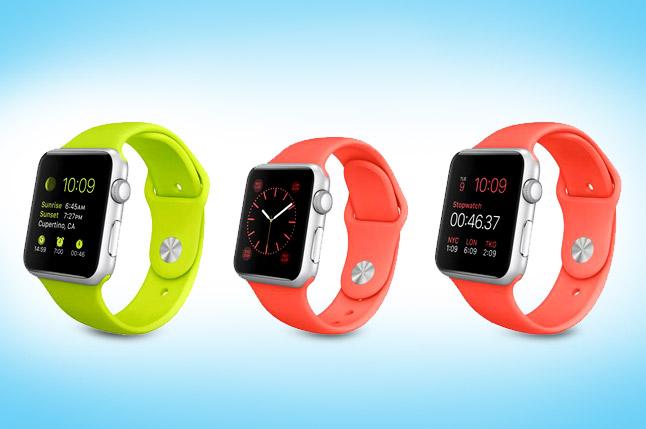
Seven out of the top 10 smartphone vendors have entered the wearables market to date or are about to ship a first product, while a year ago only two vendors were in that space, says Gartner.
"Apple has finally unveiled its Apple Watch, which we expect to trigger more consumer interest once it starts shipping in 2015," said Angela McIntyre, research director at Gartner. "Apple introduced three smartwatch models that will sell at a wide price range, with the lowest starting at $349. As with the iPhone, Apple's high-price strategy for the Watch will limit its market share; yet, with its attention to design and the user interface, we believe this product will attract many users."
"In 2014 we are seeing a few more positive developments in terms of design and user experience (UX) and we therefore expect consumers to show more interest in these products in the second half of the year," says Annette Zimmermann, research director at Gartner.
Sports watches, such as dedicated running watches, have been around for many years, but such products are not for everyone and hence do not have mass market appeal. Gartner expects this trend to continue in the next few years as fitness wearables proliferate.
There is still a lot of room for growth and the trend around the "quantified self" will drive adoption of these devices over the next few years. However, despite the growing interest from the market, there are several hurdles that still need to be overcome and that vendors need to consider in their products.
In recent tests, different models of smartwatches and fitness wristbands reduced the battery life of the connected smartphone. Depending on the product and the phone this was in the range of two to eight hours of reduced usage time. Having the smartphone run for only half a day until it needs a new charge is not ideal and this is likely to put off most users who use smartphones without an exchangeable battery.
Of the devices that were tested, the battery life could last up to five or six days. However, as consumers add more devices to their households the number of gadgets that need to be charged is expected to reach a point where it becomes a burden for the consumer.

 In
In
Add new comment